Category: + Suprapictorialism
-

-
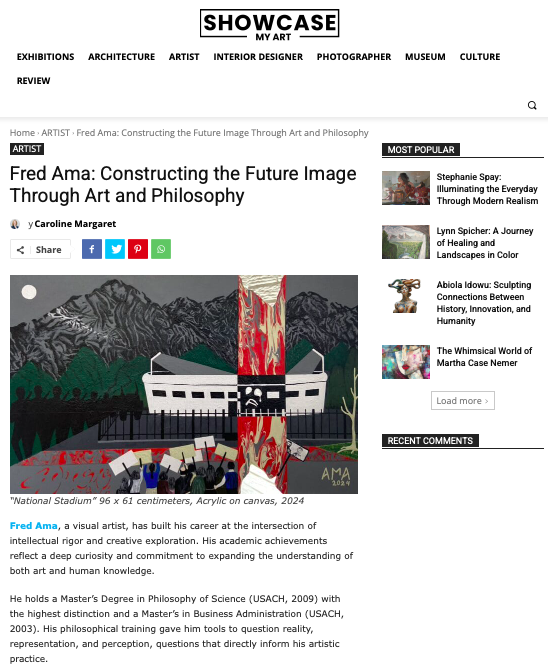
-
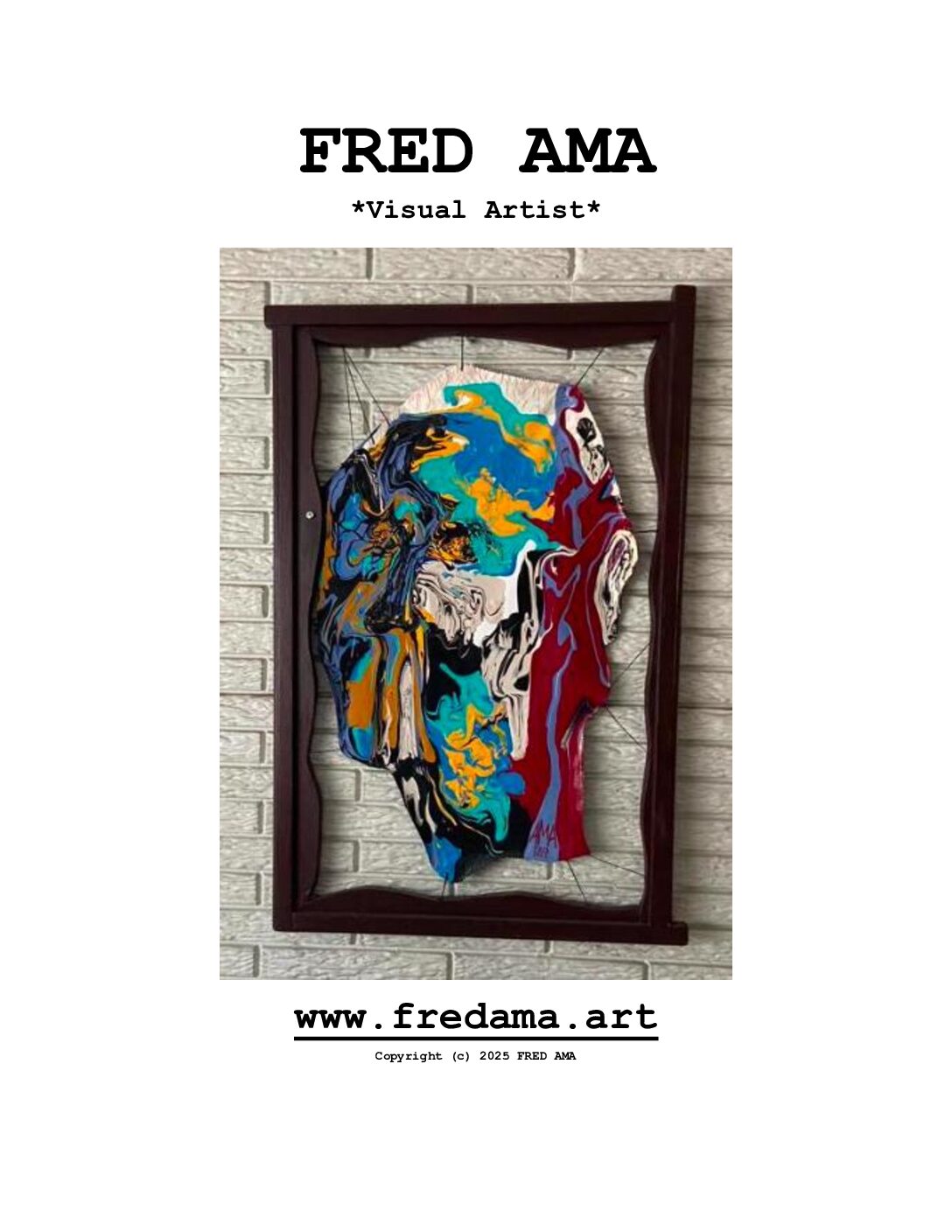
-
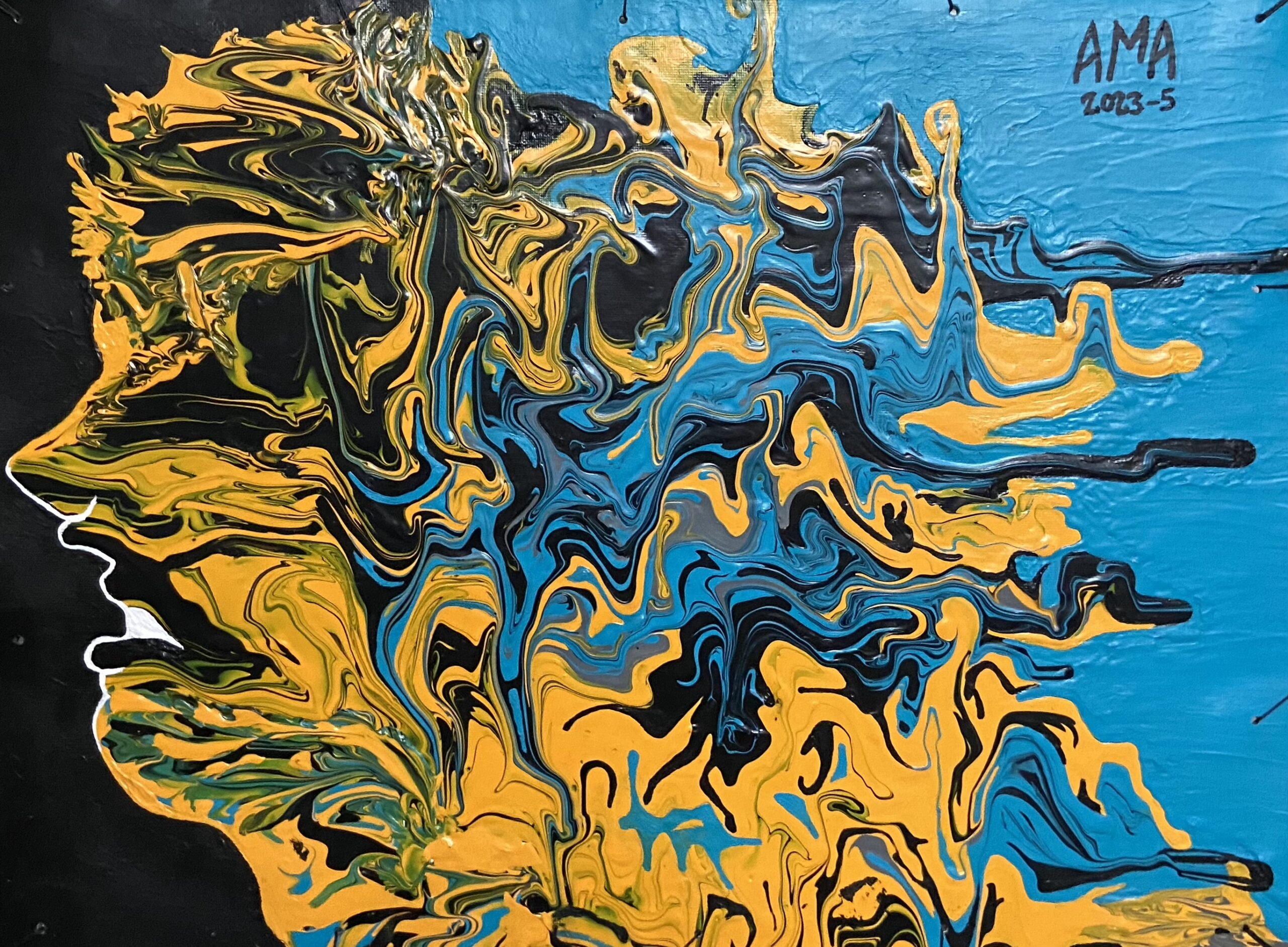
There’s no other option
My new painting: “There’s no other option” The central part that shows us the young man’s face fading away was made in 2023 and this year (2025) I used that part to create this painting. This painting is another example of Suprapictorialism, where the images have irregular frames that do not always limit or circumscribe,…
-

The Hanged Man: so close to life, death arises.
This painting is another example of Suprapictorialism, where the images have irregular frames that do not always limit or circumscribe, but rather allow permeability with the environment. In the Suprapictorialist image, where the wall participates in the image, giving it a new visual meaning (through the interaction of its color & texture together with the…
-
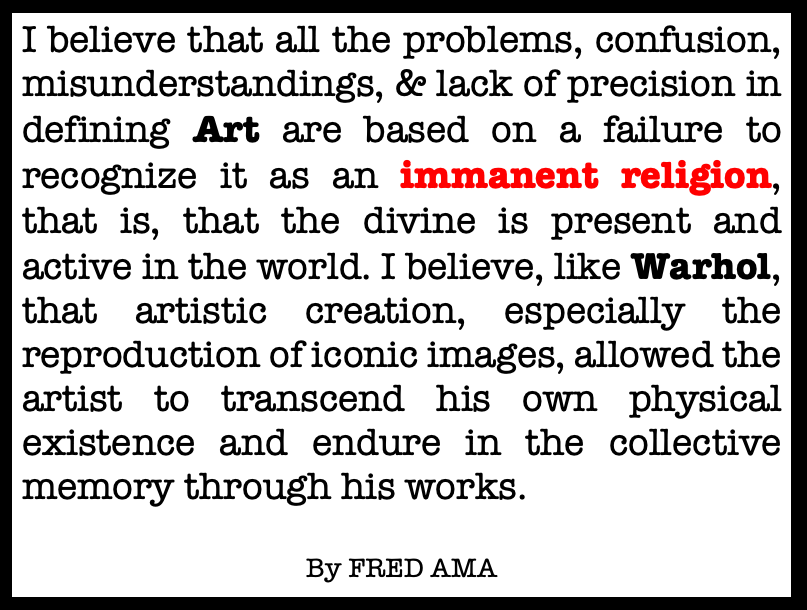
Art as Immanent Religion
I believe that all the problems, confusion, misunderstandings, & lack of precision in defining Art are based on a failure to recognize it as an immanent religion, that is, that the divine is present and active in the world. I believe, like Warhol, that artistic creation, especially the reproduction of iconic images, allowed the artist…
-
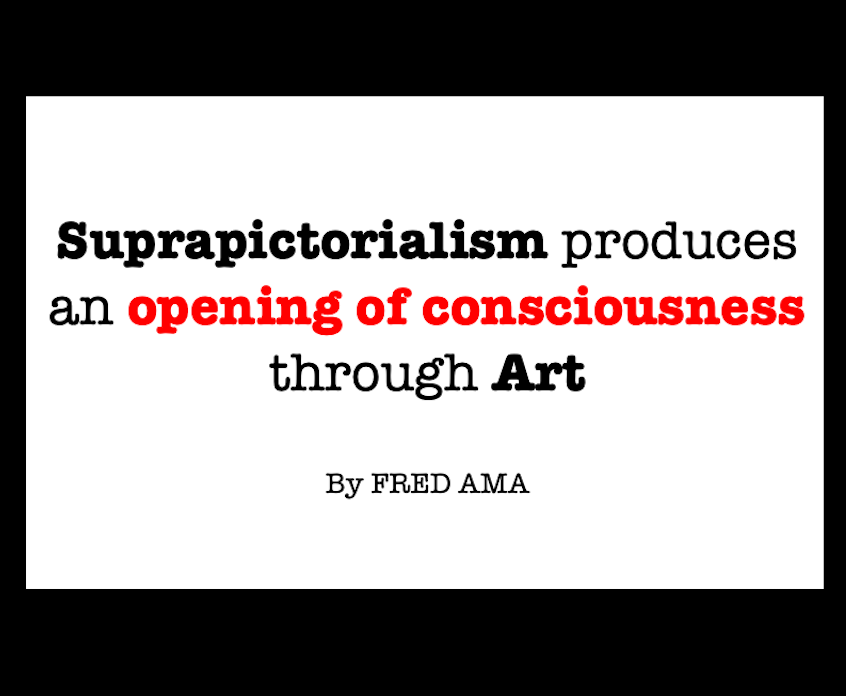
-
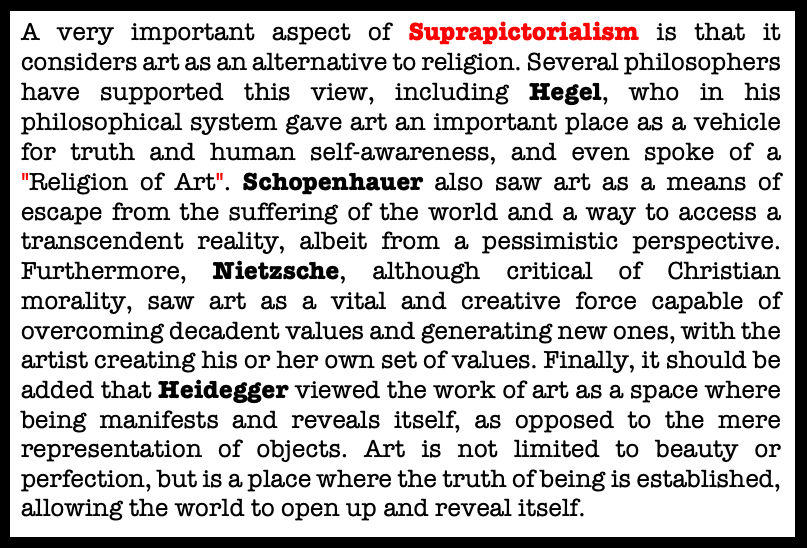
Suprapictorialism considers Art as a Religion
A very important aspect of SUPRAPICTORIALISM is that it considers Art as an alternative to religion. Several philosophers have supported this view, including Hegel, who in his philosophical system gave art an important place as a vehicle for truth and human self-awareness, and even spoke of a “Religion of Art.” Schopenhauer also saw art as…
-
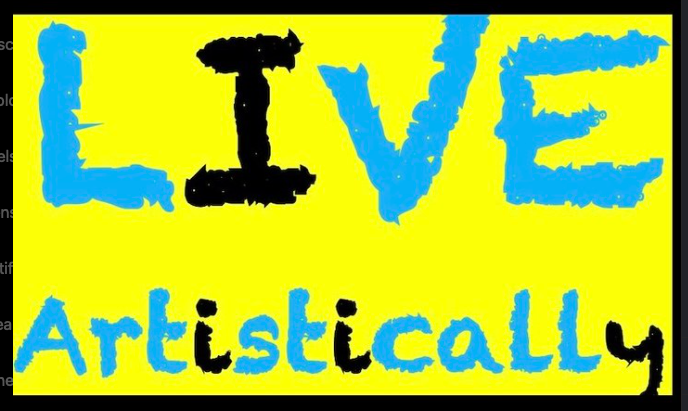
The First Commandment
This must be, for me and I believe for millions of others, the first commandment. It’s obligatory! Let us strive to make every life a work of art.
-
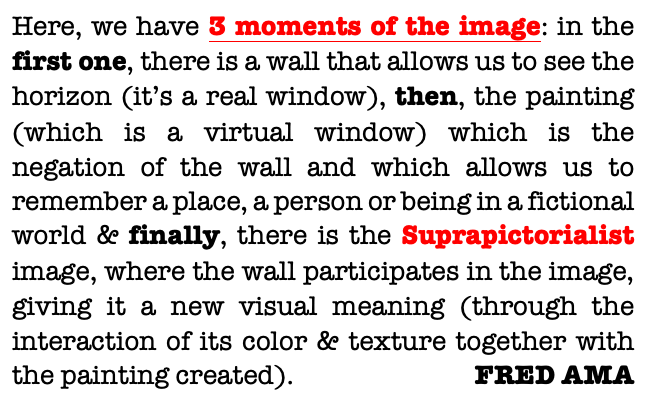
III moments
Here, we have 3 moments of the image: in the first one, there is a wall that allows us to see the horizon (it’s a real window), then, the painting (which is a virtual window) which is the negation of the wall and which allows us to remember a place, a person or being in a fictional world…